Yakiniku: The Need For Meat
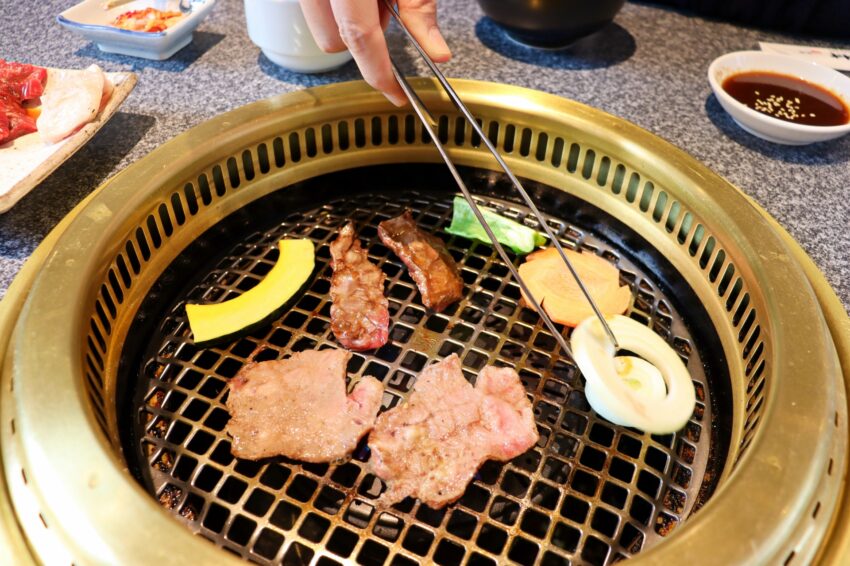
There’s nothing better than the sizzle and crack of profusely sweating meat juices while sitting around a semi-open fire in the middle of your dining table. I will admit that I don’t like Kansai’s summer heat at all. But even if it’s a gazillion degrees in whatever measurement you prefer outside, I will always sit down at a table with that promising smell and smoldering heat coming from the hole in the middle.
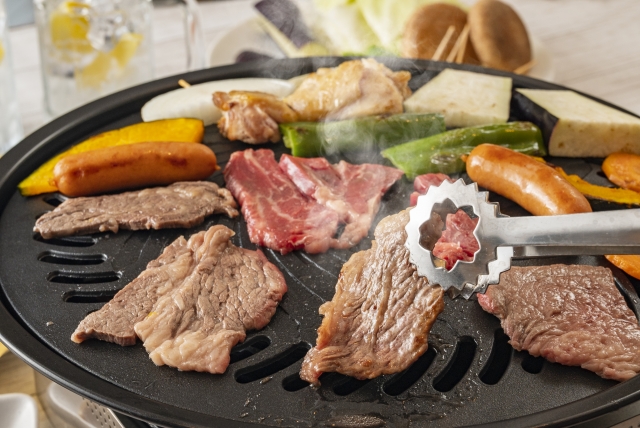
Photo: チリーズさん on PhotoAC
Yakiniku: Japanese-style Korean-style BBQ
Yakiniku originally came from Korea, but is to Japan what pizza is to the USA in how much it has culturally transcended. There are good-to-excellent yakiniku places at almost every street corner in this beautiful country. Even in the most 田舎 (inaka, rural) of places, you can find them.
So, what exactly is yakiniku and why should you absolutely try it out? Let me try to run you through a visit at a yakiniku restaurant, and you might understand. I think everyone enjoys a good BBQ. As most of you will probably have realized, doing BBQ the same way we would back in our home countries would be economically devastating, given the price of meat in Japan. Not to mention the price of the grill!
That’s where yakiniku comes in. Most places offer a usually reasonably-priced “All you can eat” plan, or 食べ放題 (tabehoudai) as it is called in Japan. With this, you can satisfy your “Need for Meat” for 60 or 90 minutes (depending on the place). Often, there are different tiers, dictating your choices of meat and side dishes, as well as an option for all-you-can-drink, or 飲み放題 (nomihoudai). Side dishes include everything from the always-popular edamame (immature soybeans) to karaage.
The Basics
So, you studied the menu, decided on your tier of tabehoudai, and accompanying drink option, but what’s next?
You will either receive a big platter, or many small platters with meaty goodness (or veggies, no discrimination against our vegetarian friends). If there is one set of tongs more than you need, you’re using one for rare and one for cooked meat. Once again, if you have vegetarian company, you could use one strictly for veggies, or ask for one more pair).
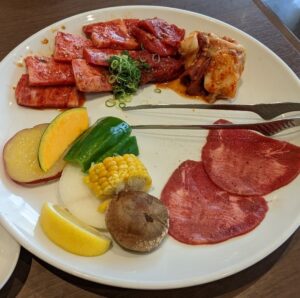
A “Special Lunch set”. Photo by Dennis
My recommendation is to start with the least fatty meat and work yourself up the fat scale. More fat = more dripping resulting in more flames. If you do have a little bit of a fiery situation, don’t hesitate to ask staff for ice cubes to cool the grill. You can even request a new grill grate to put over your “campfire” if things get too charred.
So Much Meat, and More!
There are many kinds of meat on the menu, and I highly suggest you choose things that are not common in your home country. As you’ll soon find, most of it is amazing.
One thing that might be more of an acquired taste is ホルモン (horumon, leftovers). The meaning of horumon could be roughly translated with “things to be thrown away”, and it’s used mostly for internal organs and meat that wouldn’t find it’s way into other dishes. But with the right cut, the perfect sauce, and a nice dark grilled color, it can be amazing.
If you want to play it safe, カルビ (kalbi) or ハラミ (harami) would be the safest bet, very tender cuts of beef that, when medium rare to rare, almost melt on your tongue.
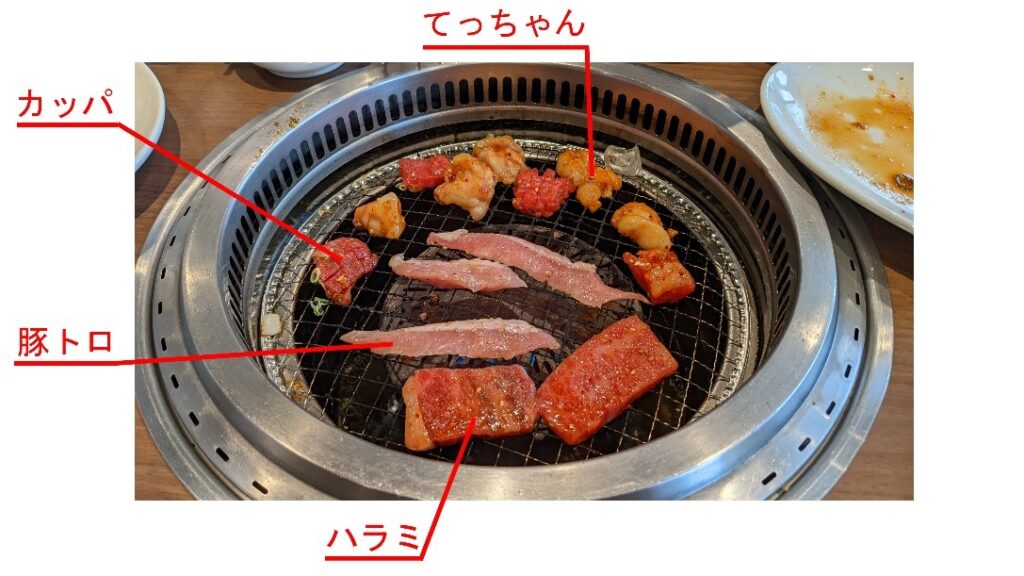
Various kinds of meat. Photo by Dennis
There is so much variety to taste from, that you will need every minute of your tabehoudai. And then it comes, the dreadful point in time, when you hear the words “last order”. Most of the places I’ve been to have a small but solid dessert menu. Everything from coffee and cake to Japanese sweets and of course, soft serve (or standard) ice cream. And if it’s included in your course, order something from the dessert menu as well, to give your stomach a little time to calm down, before leaving the establishment. My go-to combination is the complimentary green tea, paired with vanilla ice.
Now that you have finished your dessert, there is not much more to do then pay the bill and get on your way. There is usually a card somewhere on or attached to the table, with your tab. Take that to the register, pay up, and you are golden. With an audible, but not too loud ごちそうさまでした! (gouchisousama deshita, Thank you for the meal) you can start your journey home.
A Delicious Conclusion
I have yet to come across a yakiniku place, that has not satisfied me. Although I will say, that with yakiniku especially, you should not shoot for the cheapest price possible. The only thing the restaurants could save on would be the meat they serve you. So, my recommendation is this: use yakiniku, not as a quick bite when on the run, but rather as a treat for the hard work you did. You won’t regret it.
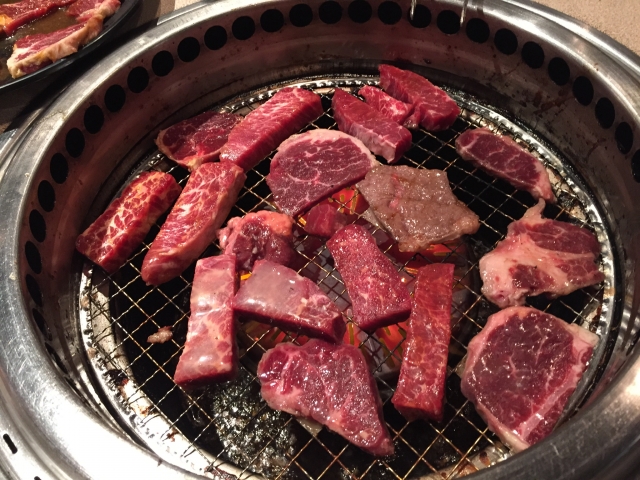
Photo: OKphotoacさん on PhotoAC
Photo Credits:
Additional photos provided by and © Dennis (original author), used with permission. Commercial use outside of this site is strictly prohibited.
All other content (text) created by the original author and © 2022 MUSUBI by Borderlink
RELATED
-
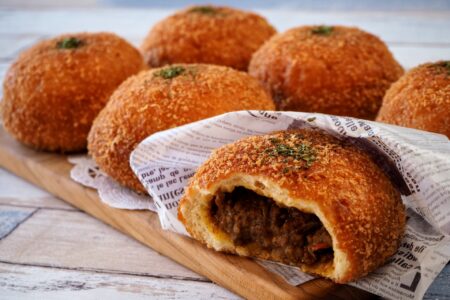
Curry-Punch!
Top photo: 杉原さん on PhotoAC If you are interested in bread or deep fried snacks, then this is the food for you!… -
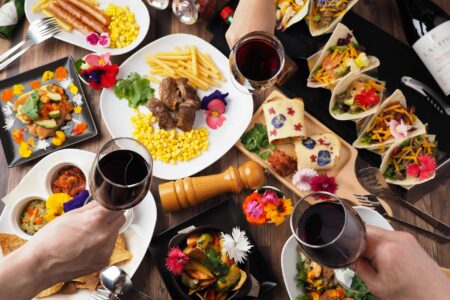
A Taste of Mexico in Osaka
Previously on MUSUBI, we shared where to get some great authentic tacos in Tokyo. But what about Japan’s… -
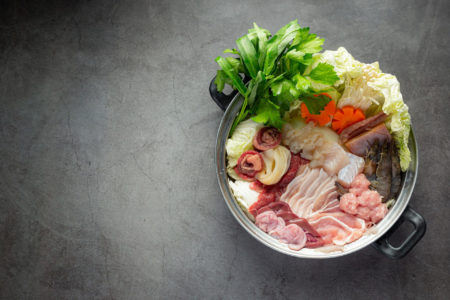
Stay Warm with these Hot Pot Dishes!
Top Image: Protein photo created by jcomp – www.freepik.com During this time of year, you’re bravi…
PEOPLE

Dennis
From Germany
Being “too big in Japan” for the past 7 years


